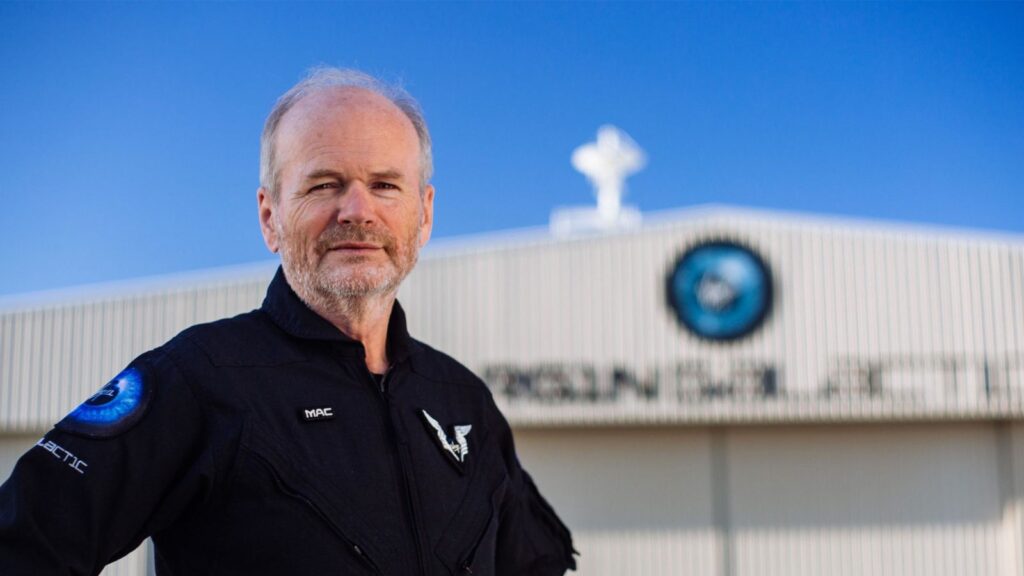BHP has taken a strategic stake in a US biotech start-up developing bio-engineered pathways that support CO2 sequestration and utilization. The Houston-based Cemvita Factory is developing a portfolio of CO2 conversion microorganisms, including a platform that mimics photosynthesis and other natural processes.
BHP’s Chief Geoscientist, Laura Tyler, said BHP is interested in the potential for biomimetic technology to enhance remediation of mine-impacted soils and water. “Biomimetics have the potential to convert CO2 into useful downstream products such as chemicals and polymers, and it also holds promise for the remediation of mine sites,” said Ms Tyler.
“This strategic investment fits well with BHP’s vision of the future: reducing operational greenhouse gas emissions, reducing environmental impact and the development of low-emissions technology, including increased application of carbon capture, utilisation and storage technology.”
Cemvita Factory’s technology is based on established methods of synthetic biology to improve the metabolic capacity of environmental-friendly photosynthetic microorganisms for CO2 utilisation. These microorganisms may also be used for different purposes including the treatment of heavy metal or acidic contamination, utilising and sequestering carbon dioxide in the process.
BHP hopes this technology will enable the discovery of new low cost, high volume treatment alternatives that provide an in-situ biosynthesis alternative solution, removing traditional treatment overheads, transportation cost, and more importantly, the perpetual management of legacy sites.
The announcement follows a US$6m equity investment earlier this year in Carbon Engineering Ltd (CE), a Canadian-based company leading the development of Direct Air Capture, an innovative technology which has the potential to deliver large-scale negative emissions by removing carbon dioxide from the atmosphere.
Ms Tyler said BHP is committed to accelerating the global response to climate change by investing in emerging technologies that have the potential to lead to reductions in greenhouse gas emissions.
“As the Intergovernmental Panel on Climate Change (IPCC) said, if we are to avoid the worst effects of climate change, technologies that capture and remove CO2 will be required. Cemvita Factory’s technology has the potential to contribute to how we reduce CO2 in the atmosphere,” said Ms Tyler.
Disclosure: This article includes a client of an Espacio portfolio company










